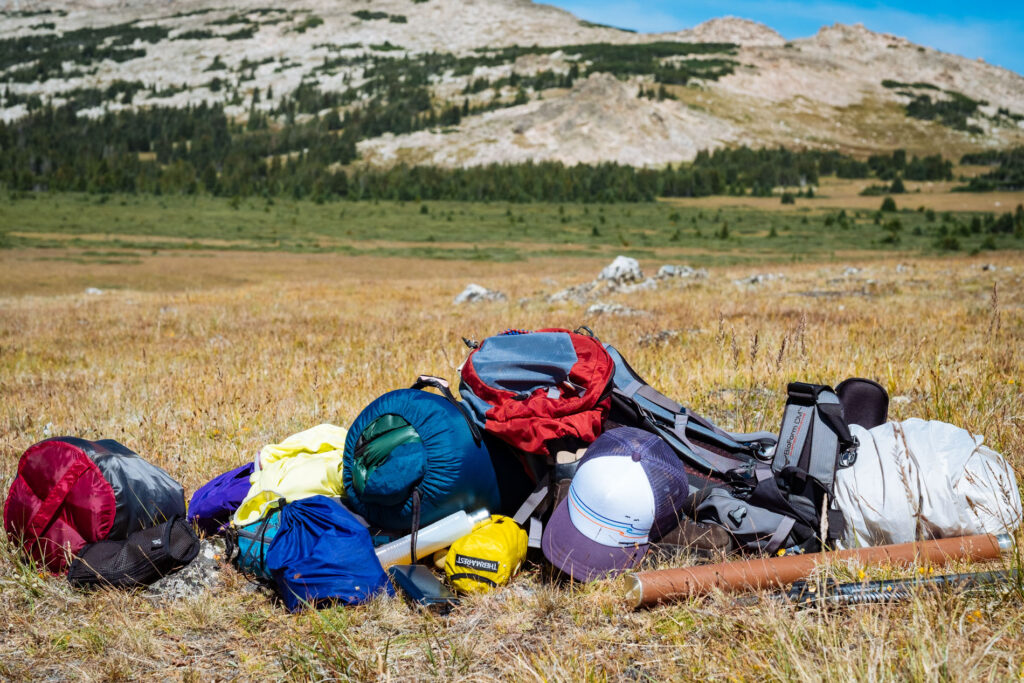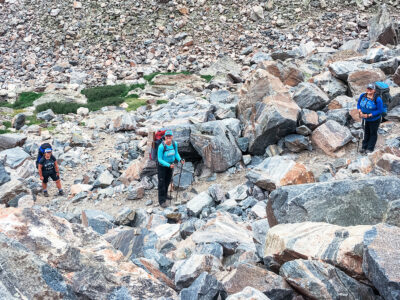I once knew a guy who, for principle and ego sake, insisted on procuring the most expensive outdoor gear. It didn’t matter that he rarely used it, only that he had it so he could boast about his collection. For years I heard tales of his coveted Winston fly rods and Orvis reels, though the only real details I could glean had to do with retail value.
“I started to question whether or not he had actually ever used this equipment, or if its sole purpose up to this point had been bragging rights.”
The day we went to fish the North Fork Tongue River, it shouldn’t have surprised me in the least that my buddy put his and his wife’s reels on backward before loading the line through the guides on their rods. He also adamantly disagreed with me when I gently pointed out the error of his ways. I started to question whether or not he had actually ever used this equipment, or if its sole purpose up to this point had been bragging rights.
How many times have you taken your fishing reel, backpacking stove, water filter or hunting firearm apart, thoroughly cleaned and inspected the parts and put them back together? Do you know how to use all of the accessory straps on your pack or contraptions inside your first aid kit? What about that piece of flint stowed away in the bottom of your pack in case of emergency? Have you practiced making a fire in your backyard using that piece of flint?

In this day and age, much of our society thrives on instant gratification. Products generally come out of the box ready to use, and often without instructions, because they are designed for consumers to be able to navigate intuitively. As a result, it is easy to become complacent in the expectation that outdoor equipment will simply work the way we want it to work whenever we want it to work.
So many of us research, read reviews and ask for expert opinions before making gear purchases. You feel you’ve done your due diligence and made educated decisions in buying equipment. But if you don’t take the air mattress out of its packaging until you’ve hiked 10 miles into the wilderness and you’re setting up camp, who do you have to blame when you discover the mattress has a leak and you didn’t pack a patch kit?
Gear doesn’t necessarily have to be top of the line to successfully serve its purpose. More often than not, outdoor equipment doesn’t fail us, we fail it. Equipment malfunctions frequently occur because we haven’t taken care of the gadget, we don’t know how to properly use it or we aren’t educated on how to repair it in the field.
As you are eagerly awaiting the arrival of summer in the Bighorns, I encourage you to start digging out your gear now and evaluate it with a fresh perspective. Arguably the most valuable piece of equipment in any outdoor adventurer’s toolbox isn’t something tangible, but a thorough knowledge of gear functionality and in-the-field repair solutions.















Comments